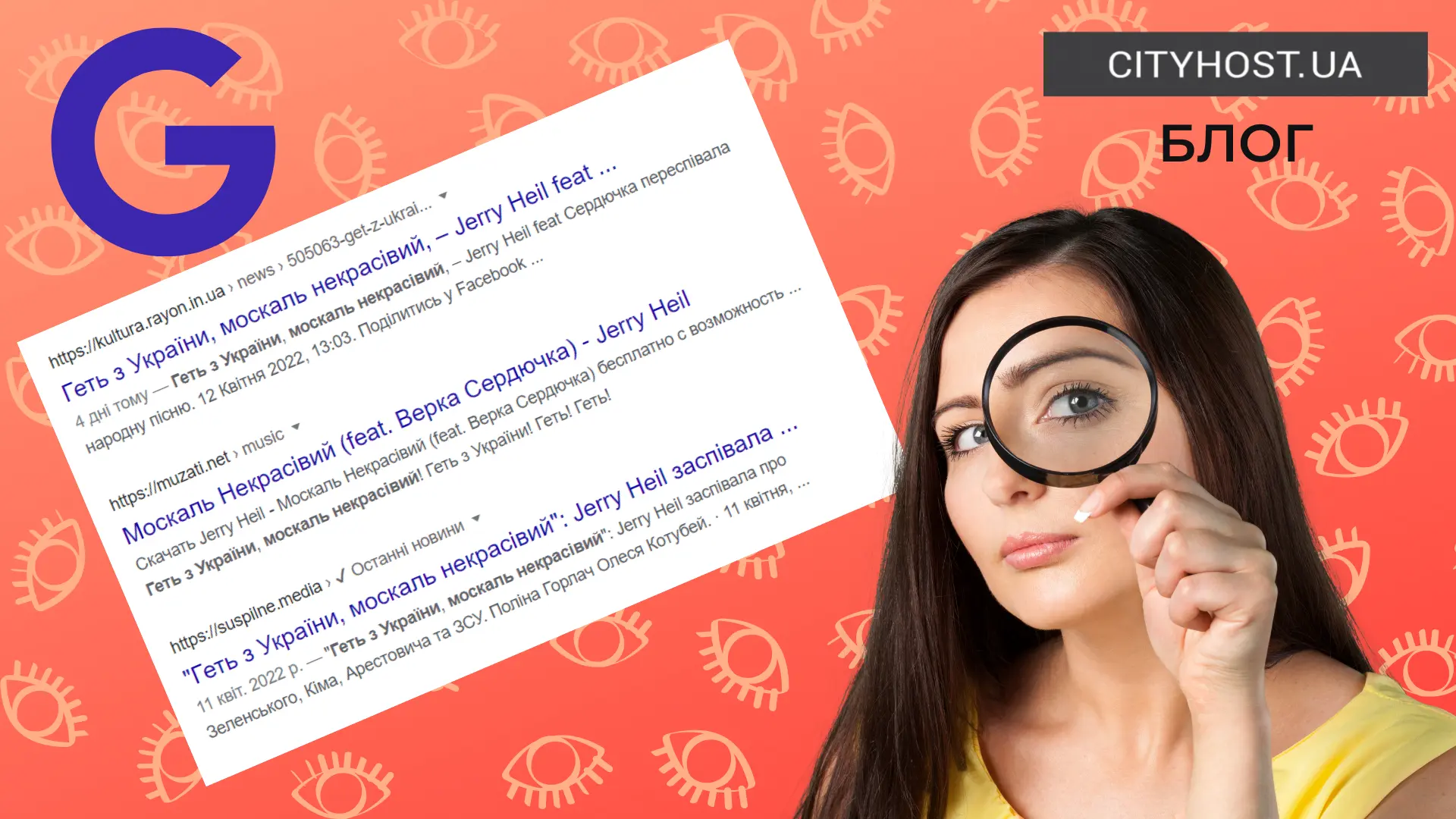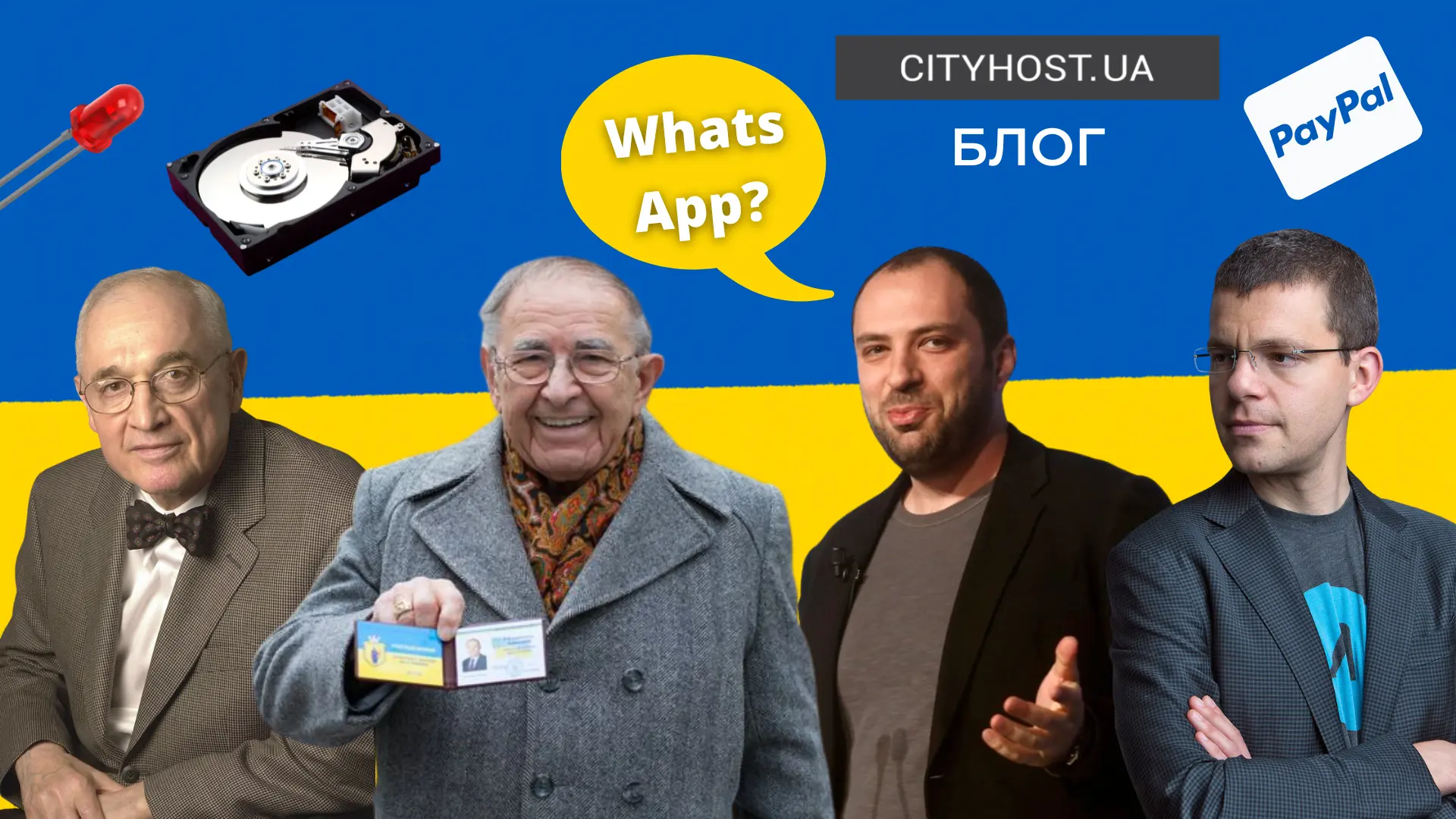
The Soviet colonial policy diligently instilled in Ukrainians a feeling of inferiority and second nature, which we still inertially nurtured for a long time after gaining independence. But now we are abandoning the Russian direction and gaining our true national identity.
Recently, we have been increasingly speaking the names of compatriots who have given the world many new discoveries, including in the field of information technologies. Let's remember the Ukrainians who made a valuable contribution to the development of the information society.
Let's start with the depths of the 20th century and the origins of computer technologies and finish with the most modern developments. Let's go!
Lyubomyr Romankiv is the man who made the computer possible
In 1931, in the city of Zhovkva, Lviv region, a young man, Lubomyr, was born, who was destined to change the world. His youth coincided with the events of the Second World War, due to which the family moved a lot around Europe, and later emigrated to Canada.
This is how the life of an electrochemist scientist, who invented a method of manufacturing thin-film microheads for recording information, began. It is thanks to this technology that hard drives were able to appear, which are still used in personal computers and servers (however, they may soon be replaced by SSD-disks of a new generation, but they would not exist without the long era of HDD storage).
Lyubomyr Romankiv still works as a leading scientist at IBM, where he is highly valued and respected. After all, thanks to the invention of a Ukrainian, the company was able to earn millions of dollars on the manufacture of computers.
What's more, Apple exists thanks to this technology. As Mr. Lubomyr recalls, Steve Wozniak based his first personal computer on exactly these disks bought from IBM, after which Jobs became interested in the startup. Well, you know what happened next.
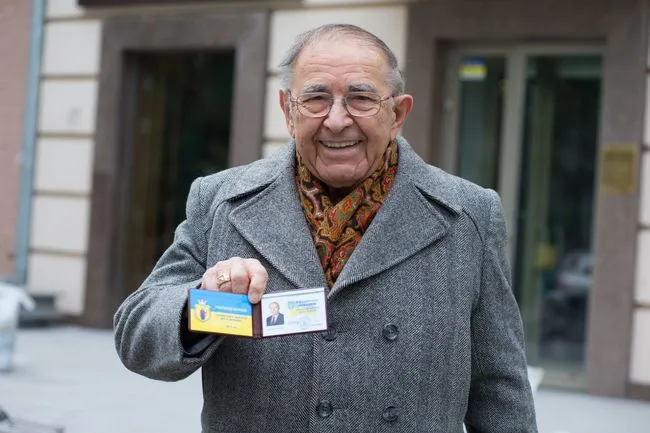
Romankiv himself, while developing magnetic heads, did not even think about the fact that they could be of such importance for humanity, and continued to work on innovations. For example, he invented the soldering technology for chips, which is used to make modern microcircuits present in all computers.
The Ukrainian is the author and co-author of 67 patents and 180 scientific discoveries, and his biography and achievements are included in the US National Hall of Fame.
CDs by Vyacheslav Petrov
Vyacheslav Petrov is a graduate of the Kharkiv Polytechnic Institute, a cybernetic scientist in the field of optical recording of information, an academician of the National Academy of Sciences of Ukraine.
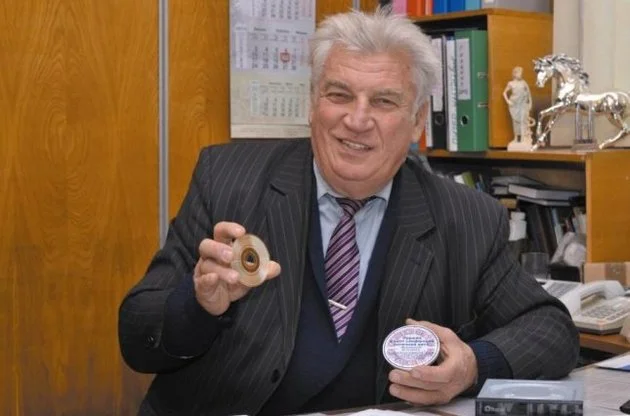
In the late 1960s, a scientist developed the concept of optical compact discs as a single information carrier. In 1977, it was presented at the World Electrotechnical Congress. The first optical drives were created in his laboratory and connected to a supercomputer. Even later, the technology began to be used to record CDs and DVDs, in particular music CDs, which were played in the players of all teenagers in the 2000s.
The scientist made a number of useful inventions and made a significant contribution to the development of Ukrainian science. He founded the Institute of Information Registration Problems of the National Academy of Sciences of Ukraine and several scientific publications, initiated the creation of a computer network of the Kyiv City State Administration and much more.
Vyacheslav Petrov is the author of 230 inventions, four of his licenses were bought by Samsung.
Nick Holoniak is the father of LEDs
Physicist and inventor Nick Holoniak was born in the USA, but his parents were Ukrainians who moved to America from Transcarpathia.
In 1960, he created a working model of laser diodes, and in 1962 he developed the first light-emitting diodes (LED elements) of the visible spectrum, which emitted red light. They are widely used in the production of various appliances instead of ordinary incandescent lamps, as they consume 90% less electricity. Now they are used as work sensors in household and computer equipment, in lamps, headlights for cars and many other places.

Laser LEDs are an integral part of CD and DVD players, computers, monitors, measuring equipment, fiber optic communication systems, etc.
In addition, Nick took part in the development of the triode mechanism, which is now an important component of many electronic devices.
Everyone was sure that the Nobel Prize was waiting for Golonyak. But it was awarded to Japanese scientists for the development of a white LED, which is just a refinement of the Transcarpathian's invention.
However, the scientist has enough other awards, including the Lemelson Award, the US National Medal of Technology and Innovation, and the Edison Medal. Nick Holoniak is inducted into the US National Inventors Hall of Fame.
Leonard Kleinrock, who invented the Internet
It is difficult to attribute the invention of the Internet to one person, because it was a long and multi-stage process. If you delve into history, you will see dozens of names of scientists who contributed to the creation of the world network — from theoretical considerations to the transmission of initial letters over a communication channel and development of protocols. At the beginning of the 20th century, Nikola Tesla dreamed of transmitting information through wireless networks...
Leonard Kleinrock was born in 1934 in New York (USA), his parents were emigrants from Ukraine.
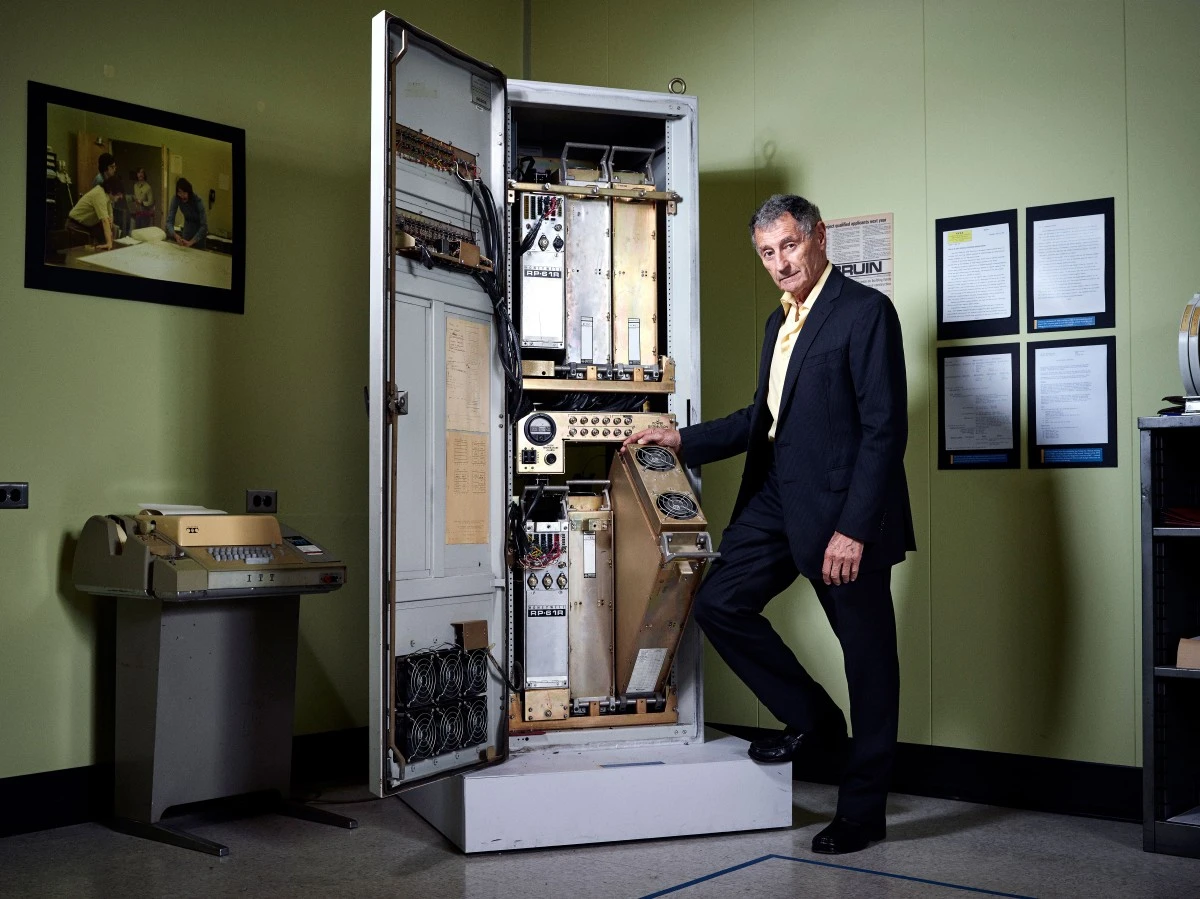
While studying at the Massachusetts Institute of Technology, in 1961 he wrote a paper called "Information Flow in Large Communication Networks", which described how files could be broken up into parts and transmitted over a communication network. After that, he published the book "Communication Networks", in which he expanded the description of packet file transfer. His scientific work became the theoretical basis that scientists used when creating the first network. Now the Internet as we know it works according to these principles.
Yehor Anchyshkin and face recognition technology
We are already used to the function of recognizing faces and objects on mobile phones, but hardly many Ukrainians know that it was developed by our compatriot Yehor Anchishkin.
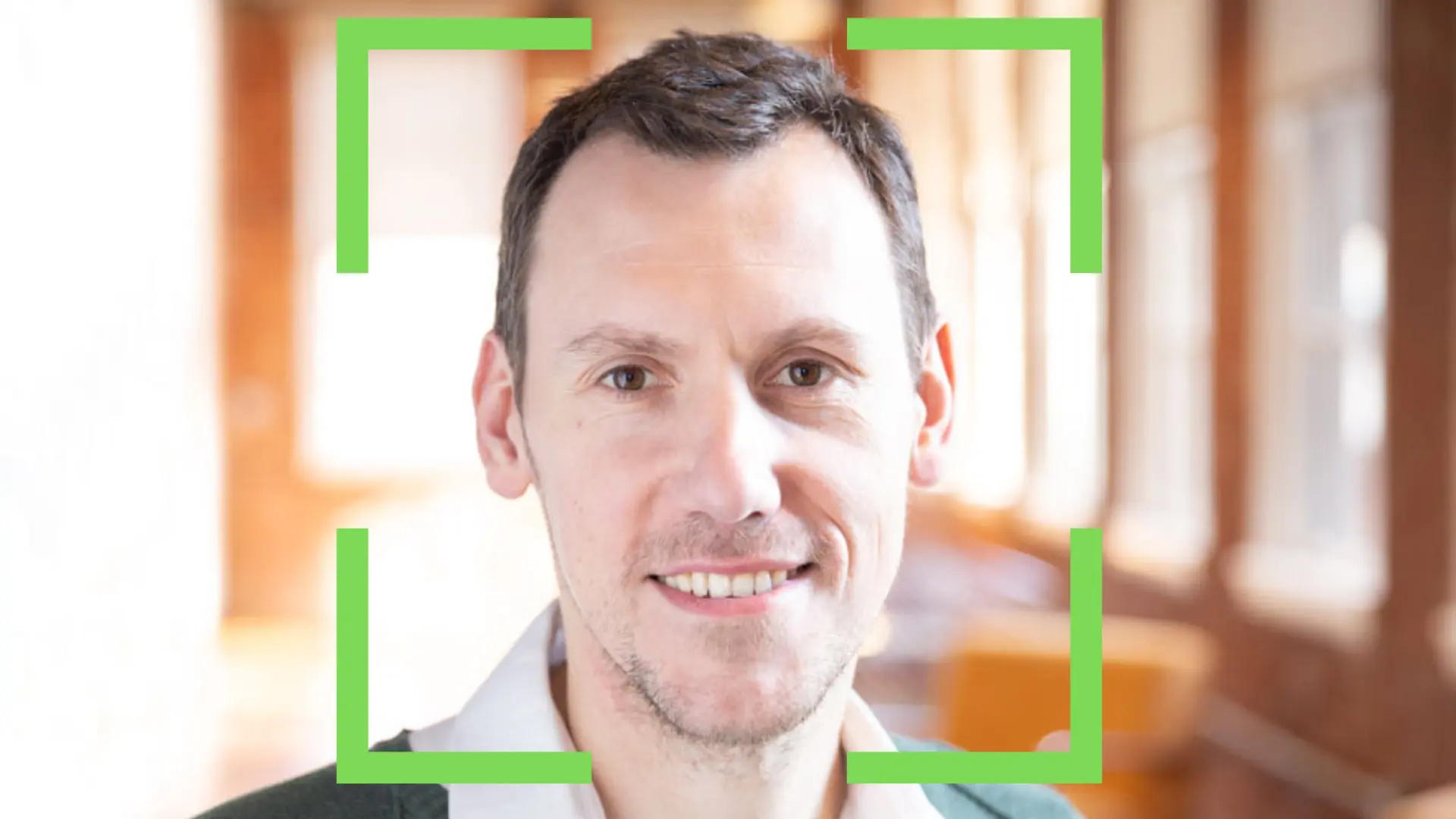
We can say that the developer managed to look into the future, because at the time of the creation of the company Viewdle (year 2006), which developed the application, there was no such fashion for taking selfies on a smartphone, and few people had heard of Facebook.
Anchishkin's technology was truly revolutionary, but it required serious investment. At the same time, Google, after buying YouTube, looked for ways to improve video search, using not only the description, but also the content of the videos themselves.
That's how they met. In 2012, Anchishkin sold his startup to Google for $35 million, which became the deal of the year in Ukrainian IT.
Maximilian Levchin and his contribution to the creation of PayPal
Anyone heard of PayPal - raise your hand? It is one of the most famous and widespread payment systems used in 190 countries. One of its developers is Max Levchin, a native of Kyiv who moved to the USA with his family at the age of 16.
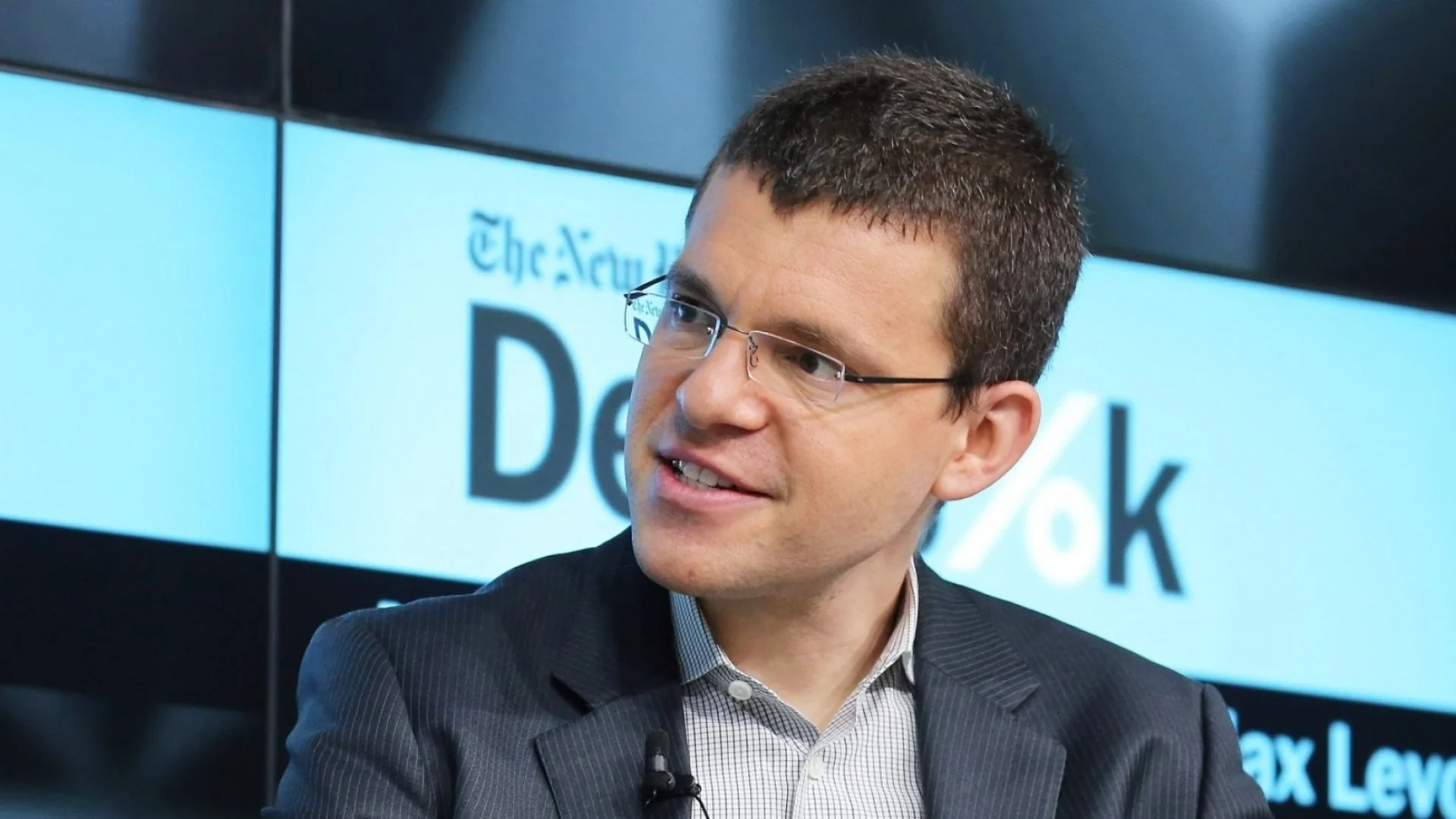
The payment system was created after the merger of two companies in 2000 — Confinity, founded by Max Levchin and Peter Thiel, and X.com, the brainchild of Elon Musk. In 2001, it received the familiar name of PayPal, and in 2002 it was sold to eBay for one and a half billion dollars. Levchyn himself earned 34 million from this deal.
Maximilian showed himself as a talented programmer and entrepreneur, selling his startups for good money. In 2021, a Ukrainian became an American billionaire.
Yan Borisovych Kum is the co-founder of WhatsApp
The future father of one of the most famous messengers in the world was born in Fastov, Kyiv region, in a poor family. When he was 16, he moved to the United States with his mother and grandmother. Childhood and the first years of emigration were very difficult, Jan studied English and programming on his own, because the family did not have money for education.
Read also: " Learn to program on your own or go to developer courses - what to choose? »

Having independently entered the university, he left it after a year, receiving an invitation to work at Yahoo. It was there that Ian met and befriended Brian Acton, with whom he would later create WhatsApp in 2009.
In 2014, Facebook bought the messenger for $19 billion, which became a sensation. Prior to that, the largest startup acquisition deal reached only one billion. Kum himself remained the head of the company, and also joined the board of directors of Facebook.
Recently, in 2018, he left both positions due to the user data leak scandal. But the official version was, of course, softer.
Jan Kum became a billionaire and even appeared in the Forbes ranking (ranked 147 in 2020), embodying the American dream.
Read also: " How the Internet changed the world: TOP-10 common things and phenomena that might not have existed "
Mykhailo Chumachenko's mask, which knows how to smile
In this article, it is worth mentioning Odesa schoolboy Mykhailo Chumachenko, who at the age of 14 developed an interactive Led mask and founded his company Qudi . This startup isn't as big as the developments mentioned above, but it looks like the guy will go far.
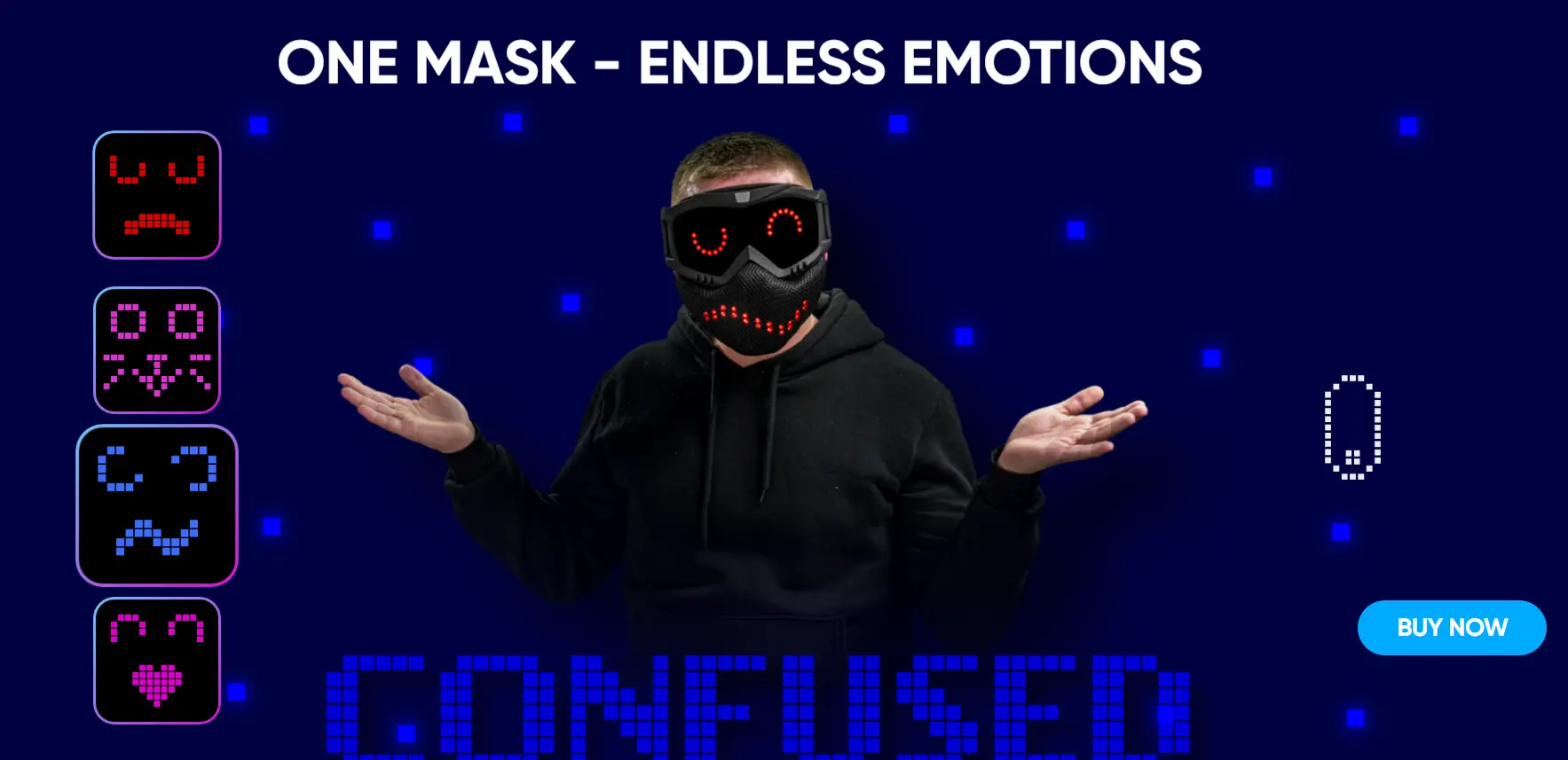
Doing breakdancing and programming, Mykhailo decided to create a mask-accessory, with the help of which he would be able to stand out among other dancers.
The mask can read the movements of the face and head, can "open its mouth" when the owner speaks, smile and show various animations. You can see all development possibilities in this video .
The invention has already been demonstrated at several serious forums, in particular in Lisbon. Now the company of a young Odessa citizen is actively working and engaged in the development of LED clothing. At the time of writing, the founder is 18 years old.
***
Many Ukrainians work in the field of modern high technologies, contributing to their development, and we would not be able to list them all in one article. There are many scientists and developers who improve existing ideas, as well as interesting modern Ukrainian startups. Among them, we can mention the Chernihiv company Meredot, which works on devices for wireless transmission of electricity, in particular, on charging stations for electric scooters and magnetic sockets without plugs. Or MAWI Solutions, which created a biometric payment bracelet that identifies the wearer by cardiogram. There are dozens of such startups, and all of them are changing the face of IT. Before the start of the full-scale war, Ukrainians worked on the basis of outsourcing, selling their talents abroad. Perhaps the day will soon come when Ukraine will become a powerful state of science and inventions, and the names of our companies will be heard all over the world.








